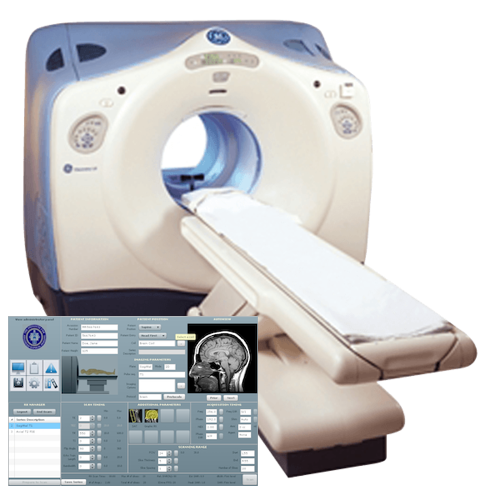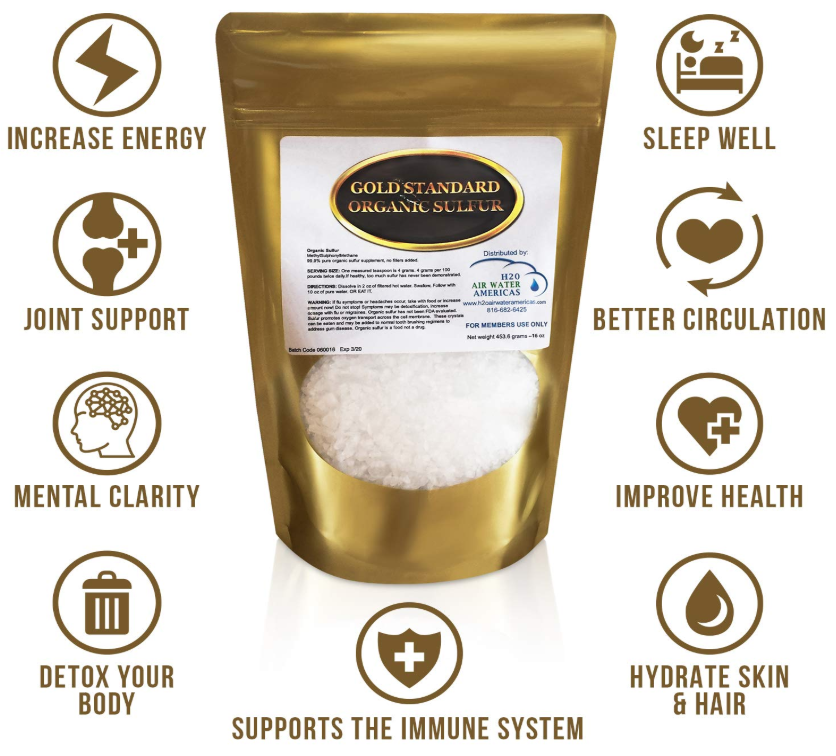Screening is used to look for cancer before you have any symptoms or signs. Scientists have developed, and continue to develop, tests that can be used to screen a person for specific types of cancer before signs or symptoms appear. The overall goals of cancer screening are to:
-
Lower the number of people who die from the disease, or eliminate deaths from cancer altogether
-
Lower the number of people who develop the disease
Screening information for colorectal cancer
Colorectal cancer can often be prevented through regular screening, which can find polyps before they become cancerous. Talk with your doctor about when screening should begin based on your age and family history of the disease. People with an average risk should begin screening at age 50. However, the American Cancer Society recently recommended starting screening at age 45 because of the increasing incidence of colorectal cancer in younger people. Also, black people should start receiving screening at age 45 because they are more often diagnosed at a younger age.
Because colorectal cancer usually does not cause symptoms until the disease is advanced, it is important for people to talk with their doctor about the pros and cons of each screening test and how often each test should be given. Under the guidelines below, people should begin colorectal cancer screening earlier and/or undergo screening more often if they have any of the following colorectal cancer risk factors:
-
A personal history of colorectal cancer or adenomatous polyps
-
A strong family history of colorectal cancer or polyps, such as cancer or polyps in a first-degree relative younger than 60 or in 2 first-degree relatives of any age. A first-degree relative is defined as a parent, sibling, or child.
-
A personal history of chronic IBD
-
A family history of any hereditary colorectal cancer syndrome, such as FAP, Lynch Syndrome, or other syndromes (see Risk Factors and Prevention)
The tests used to screen for colorectal cancer are described below.
-
Colonoscopy. A colonoscopy allows the doctor to look inside the entire rectum and colon while a patient is sedated. A flexible, lighted tube called a colonoscope is inserted into the rectum and the entire colon to look for polyps or cancer. During this procedure, a doctor can remove polyps or other tissue for examination (see “Biopsy” in the Diagnosissection). The removal of polyps can also prevent colorectal cancer.
-
Computed tomography (CT or CAT) colonography. CT colonography, sometimes called virtual colonoscopy, is a screening method being studied in some centers. It requires interpretation by a skilled radiologist to provide the best results. A radiologist is a doctor who specializes in obtaining and interpreting medical images. However, CT colonography may be an alternative for people who cannot have a standard colonoscopy due to the risk of anesthesia, which is medication to block the awareness of pain, or if a person has a blockage in the colon that prevents a full examination.
-
Sigmoidoscopy. A sigmoidoscopy uses a flexible, lighted tube that is inserted into the rectum and lower colon to check for polyps, cancer, and other abnormalities. During this procedure, a doctor can remove polyps or other tissue for later examination. The doctor cannot check the upper part of the colon, the ascending and transverse colon, with this test. This screening test allows for the removal of polyps, which can also prevent colorectal cancer, but if polyps or cancer is found using this test, a colonoscopy to view the entire colon is recommended.
-
Fecal occult blood test (FOBT) and fecal immunochemical test (FIT). A fecal occult blood test is used to find blood in the feces, or stool, which can be a sign of polyps or cancer. A positive test, meaning that blood is found in the feces, can be from causes other than a colon polyp or cancer, including bleeding in the stomach or upper GI tract and even ingestion of rare meat or other foods. There are 2 types of tests: guaiac (FOBT) and immunochemical (FIT). Polyps and cancers do not bleed continually, so FOBT must be done on several stool samples each year and should be repeated every year. Even then, this screening test provides a fairly small reduction in deaths from colorectal cancer, around 30% if done yearly and 18% if done every other year.
-
Double contrast barium enema (DCBE). For patients who cannot have a colonoscopy, an enema containing barium is given, which helps make the colon and rectum stand out on x-rays. A series of x-rays is then taken of the colon and rectum. In general, most doctors would recommend other screening tests because a barium enema is less likely to detect precancerous polyps than a colonoscopy, sigmoidoscopy, or CT colonography.
-
Stool DNA tests. This test analyzes the DNA from a person’s stool sample to look for cancer. It uses changes in the DNA that occur in polyps and cancers to determine whether a colonoscopy should be done.
Colorectal cancer screening recommendations
Different organizations have made different recommendations for colorectal cancer screening. There are 2 sets of recommendations described below. Talk with your doctor about the best test(s) and time between tests based on your health history and personal colorectal cancer risk.
The American Society of Clinical Oncology has developed guidelines for colorectal cancer screening to help prevent cancer for people with an average risk. Beginning at age 50, both men and women with an average risk of colorectal cancer should follow 1 of these testing schedules. People with an average risk do not have a family history of the disease, an inherited syndrome such as Lynch syndrome, or inflammatory bowel disease, and they have not been diagnosed with colorectal cancer in the past.
The following tests detect both polyps and cancer:
-
Flexible sigmoidoscopy, every 5 years or every 10 years with FIT or FOBT every year
-
Colonoscopy, every 10 years
-
DCBE, every 5 years
-
CT colonography, as often as your doctor recommends
These tests primarily detect cancer:
-
Guaiac-based FOBT, every year
-
FIT, every year
-
Stool DNA test, as often as your doctor recommends












